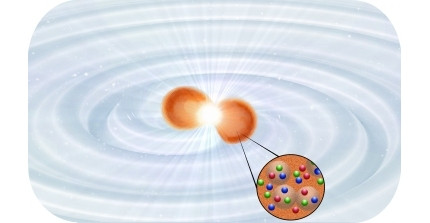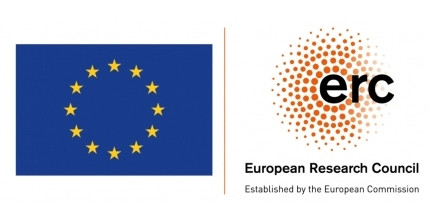ERC Starting Grant
SMArt: From Subatomic to Cosmic Scales: Simulating, Modelling, and Analyzing Binary Neutron Star Mergers
What is the nature of matter at supranuclear densities? What is the expansion rate of our Universe? These open questions of nuclear physics and cosmology can be answered with multi-messenger observation of merging binary neutron stars. The window to study these fascinating events has only recently been opened with the upgrades of gravitational-wave observatories and by combining gravitational-wave information with that of powerful telescopes in the electromagnetic spectrum - from infrared, to optical, to gamma-rays. In the near future, we expect numerous multi-messenger observations of compact binary systems. We are currently at a crossroads in which the development of accurate and robust theoretical models is crucial to keeping up with the development of experimental instrumentation. Without noticeable upgrades of our models, future analyses will be biased through modelling
uncertainties.
In this research project, we will focus on the development of theoretical models to interpret the binary neutron star coalescence, and we will pave the way for a thorough understanding of the merger process. Novel methods and algorithms that we will implement in our numerical-relativity code will allow us to study previously inaccessible regions of the binary neutron star parameter space with unprecedented accuracy. This accuracy in the determination of the gravitational-wave and electromagnetic emission from binary neutron star mergers is essential for connecting our theoretical computations with observational data. We will push for a publicly available framework for the simultaneous analysis of gravitational-wave and electromagnetic signals from binary neutron star mergers, incorporating also nuclear-physics calculations, nuclear-physics experiments, and other astrophysical
observations of isolated neutron stars. This framework will enable us to use upcoming detections to determine the neutron star radius and the Hubble constant.
Period: Approved in 2022; funding started September 2023 and anticipated end is August 2028
Members involved in the ERC project: Tim Dietrich, Anna Puecher, Henrique Gieg, Hauke Koehn, Ramon Jaeger, and Henrik Rose
Funded/Co-funded by the European Union (ERC, SMArt, 101076369).
Views and opinions expressed are, however, those of the author(s) only and do not necessarily reflect those of the European Union or the European Research Council. Neither the European Union nor the granting authority can be held responsible for them.


